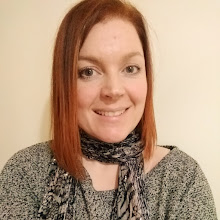The External Advisory Board went very well on Tuesday. Ties came off in the heat and we learned some very interesting things from Prof. Mark Eisler whose work in farm animal health relates to Cabot’s wider remit in food security.
Philippa Bayley went to London to the Worldwide Universities Network (WUN) Adapting to Climate Change meeting. She met with people from around the world who are trying to do similar work to Cabot and are struggling with the same issues as us, e.g. how to get a critical mass of people working on the problems we face whilst maintaining a breadth of research areas.
Paul Bates has posted a blog on the successful trip to Japan, read here. I have uploaded all the presentations from the workshops at Kyoto DPRI. There are some really interesting presentations on natural hazards including wind, tsunamis, floods, landslides, storm surges, volcanoes and earthquakes. These presentations are a mix of science, maths, engineering and social science, showing the importance of interdisciplinary research to tackle the challenges that natural hazards produce globally.
Next week...
I will be tweeting live from the Volcanoes and Society event all day Tuesday 29 May. Join me @cabotinstitute
